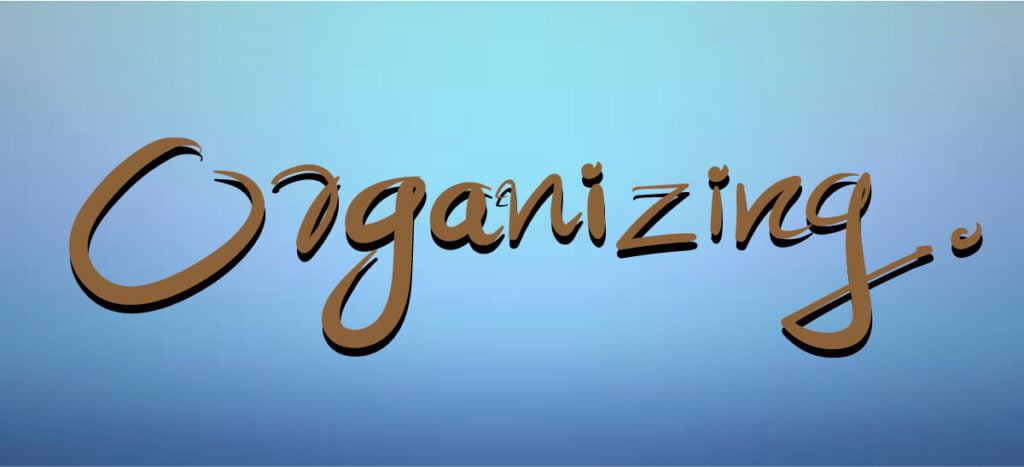In this article, we will be discussing the SWOT (Strengths, Weaknesses, Opportunities, and Threats) Analysis of Microsoft Corporation, one of the world’s leading technology companies. We will explore the internal and external factors that impact the company’s performance and its position in the market. This analysis will provide valuable insights into Microsoft’s current standing and potential future strategies.
What are the Strengths of Microsoft Corporation?
Microsoft’s main strengths lie in its strong brand image and global presence. The company has a diversified product portfolio, including software, hardware, and cloud services, which allows it to cater to a wide range of customers. Additionally, Microsoft has a strong financial position, with steady revenue and profitability over the years.
Furthermore, Microsoft has a strong research and development team, which enables the company to innovate and stay ahead in the rapidly evolving technology industry. Its strong partnerships and acquisitions have also contributed to its competitive advantage.
What are the Weaknesses of Microsoft Corporation?
One of Microsoft’s weaknesses is its relative dependence on a few key product lines, such as the Windows operating system and Office suite. This makes the company vulnerable to market fluctuations and changes in consumer preferences. Microsoft also faces challenges in integrating its acquisitions and maintaining a cohesive corporate culture.
Additionally, the company has faced criticism for its past antitrust behavior and struggles to appeal to younger, more tech-savvy audiences. Moreover, Microsoft’s late entry into certain markets, such as mobile devices, has resulted in missed opportunities and decreased market share in those areas.
What Opportunities does Microsoft Corporation have?
Microsoft has the opportunity to expand its cloud services, such as Azure, as the demand for cloud computing continues to grow. The company can also leverage its strong brand and customer base to further penetrate emerging markets, especially in Asia and Africa. Additionally, the increasing adoption of artificial intelligence and Internet of Things (IoT) presents new avenues for innovation and growth.
Furthermore, Microsoft has the opportunity to diversify its revenue streams through subscription-based models and digital transformation services. The company’s recent focus on sustainability and renewable energy also positions it well to capitalize on the growing trend towards environmentally responsible business practices.
What Threats does Microsoft Corporation face?
One of the primary threats to Microsoft is intense competition from other technology giants, such as Google, Apple, and Amazon. These companies constantly innovate and compete in various sectors, posing a threat to Microsoft’s market share. Additionally, cybersecurity threats and data privacy concerns present significant challenges to the company’s operations.
Moreover, regulatory pressures and legal disputes can hinder Microsoft’s growth and profitability. The company also faces risks related to economic downturns and geopolitical instability, especially in regions where it has a strong presence. Lastly, the rapid pace of technological change may render Microsoft’s current products and services obsolete if the company fails to adapt quickly.
Conclusion
In conclusion, the SWOT analysis of Microsoft Corporation highlights its strengths in brand image, global presence, and diversified product portfolio. The company’s weaknesses include dependence on key product lines and challenges in appealing to younger demographics. Microsoft has opportunities to expand into new markets and capitalize on emerging technologies, but it faces threats from intense competition, cybersecurity risks, and regulatory pressures. Understanding these factors is crucial for Microsoft to develop effective strategies and maintain its position as a leading technology company.
FAQs
1. Can Microsoft overcome its weaknesses?
Microsoft has the resources and capabilities to address its weaknesses, such as diversifying its product offerings and improving its appeal to younger audiences. By leveraging its strong brand and financial position, the company can mitigate its weaknesses and capitalize on new opportunities.
2. How does Microsoft plan to tackle competition from other tech giants?
Microsoft constantly invests in research and development to innovate and stay competitive in different market segments. The company also forms strategic partnerships and acquisitions to expand its market reach and offerings, which helps it stay ahead of the competition.
3. What steps is Microsoft taking to address cybersecurity threats?
Microsoft has made significant investments in cybersecurity and data protection measures to safeguard its products and services. The company also collaborates with industry partners and government agencies to stay ahead of evolving cybersecurity challenges.
4. How is Microsoft preparing for the future of technology, such as AI and IoT?
Microsoft is heavily investing in artificial intelligence and Internet of Things technologies to develop innovative solutions and services. The company’s focus on collaboration and ecosystem development positions it well for the rapidly evolving technology landscape.
5. What is Microsoft doing to ensure regulatory compliance and navigate legal disputes?
Microsoft has a dedicated legal and compliance team that ensures the company adheres to regulations and ethical business practices. The company also engages in legal advocacy and lobbying efforts to address regulatory challenges and disputes.




